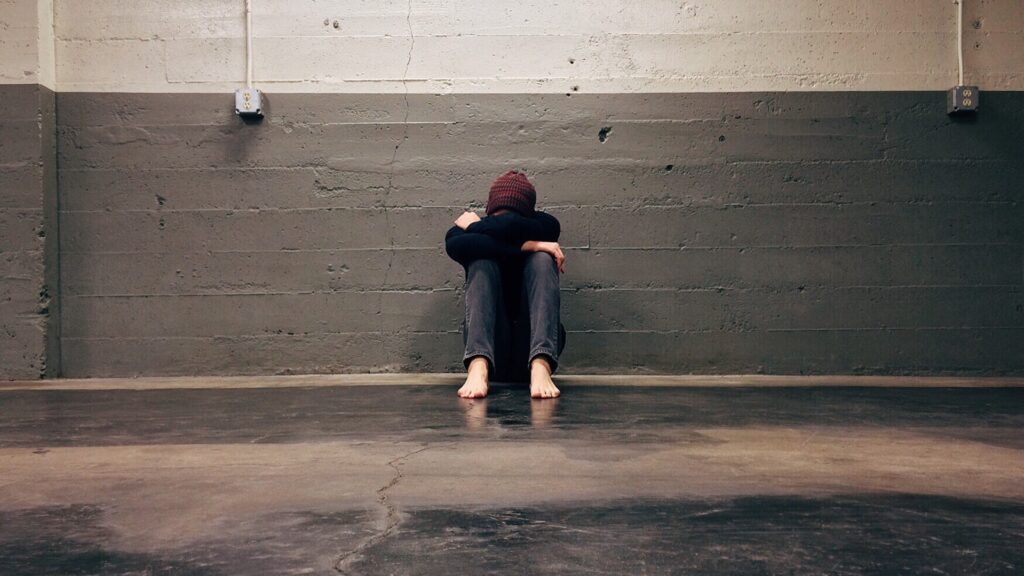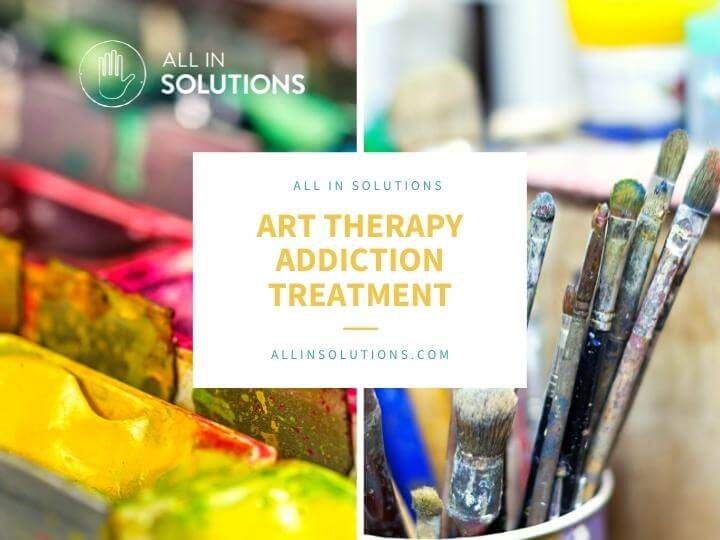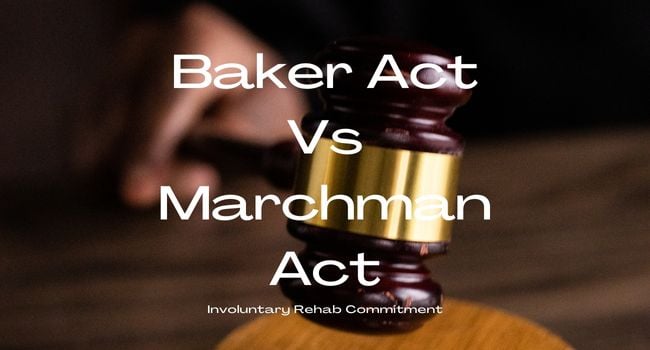Understanding the Cycle of Addiction
Millions of people and their families are impacted by addiction. Although it’s such a widespread issue, each person experiences their struggles in a somewhat unique way. Learning how addiction functions can be a challenge on its own. Only by understanding the cycle of addiction can you learn to break it. That’s why, in this article, we’ll focus on everything you need to know about the cycle of addiction and the ways to break it.
What is Addiction?
Addiction is a complex condition that affects both the mind and the body. It’s marked by compulsive substance use or other behaviors, even when they have detrimental effects. The cycle of addiction occurs when a person becomes dependent on a substance or behavior and finds it challenging to cease using it in defiance of its adverse effects. Knowing and understanding the cycle of addiction can help explain why addiction happens. And also why quitting can be so challenging.
There are numerous stages of the addiction cycle:
Initial Use
Usually, people don’t automatically become addicted the first time they use drugs or alcohol. In fact, many people, especially teens, may first try drugs and alcohol with their friends out of curiosity or due to peer pressure. While the initial use may not lead to addiction, many still experience the short-term positive effects of the substance. This may lead them to use it again. Additionally, some people may be more prone to addiction due to genetic or societal factors. Or they have an addictive personality and can become addicted more quickly than others. However, it’s important to remember that the initial use of drugs or alcohol does not always guarantee an addiction.

Regular Use
Although it often starts as a way of experimenting with something new, substance abuse can quickly and easily become much more than that. Instead of using healthy coping mechanisms, many people turn to alcohol and drugs to escape their current situation and manage challenging feelings. The easy relief that drugs and alcohol provide can make them an appealing option. Yet, no matter how well-intentioned an individual’s use of them may be, it can quickly become an addiction that is difficult to break.
Over time, the effects of these substances can become even more pronounced, and the addict may experience an increased tolerance and need for them, making it even harder to quit. When a person starts relying on drugs and alcohol to function normally and cope with their situation, a much bigger problem is likely to occur.
High-Risk Use
As a person’s tolerance grows and they become more reliant on the drug or behavior, they may start to resort to riskier behaviors to ease their urges. This can involve engaging in dangerous activities or ingesting more of the drug than is recommended. In most cases, people in this stage tend to fall into financial issues due to the high prices of drugs and alcohol. Moreover, they often neglect to go to work or do not do their job well, which could lead to losing their job. In many cases, they also forget to take care of themselves, eat well, or exercise, which also has a harmful effect on their health, in addition to substance abuse.
These behaviors may result in serious repercussions, including legal problems, bodily harm, or even mortality. Furthermore, these issues can have a long-lasting and damaging effect on an individual’s well-being, from mental health issues to physical injury or even death. Additionally, the person might become trapped in a cycle of addiction that is challenging to escape. Once on this path, it can be tough to get off, leading to a spiral of negative consequences. It can be hard to find the strength to make a change.

Dependency
The person may eventually become completely dependent on the drug or behavior to the point where it’s necessary for them to feel normal. When individual attempts to quit the drug or behavior, withdrawal symptoms can manifest. This is a result of physical or psychological dependence.
Physically, one may experience nausea, sweating, and fatigue, while psychological withdrawal symptoms may be anxiety and depression, ranging from mild to severe. Other symptoms can occur depending on the individual, such as insomnia, changes in appetite, irritability, and difficulty concentrating or thinking clearly. These symptoms can be very difficult to manage, especially without professional help and support.
Breaking the Cycle of Addiction
Although breaking the pattern of addiction is a challenging process, it’s doable with the proper support and assistance. Moreover, treatment is essential to treat both the addiction and the root problem of addiction. Usually, these roots come from unresolved psychological and mental issues. Working on them can give people the knowledge and ability to control their addiction and live healthier lives.
This assistance can take many forms, including frequent attendance in support groups, medication-assisted therapy, and individual or group counseling. With the proper support, people can learn to identify triggers, control cravings, and increase their self-awareness and self-control. All of this is laying the groundwork for a more substantial rehabilitation.

Starting Over
After receiving proper treatment, it’s time for a person to start their life all over again. Sometimes, people take that literally and move to an entirely new city or even a new state. For example, by hiring long-distance movers in Florida, anyone can start over with expert help in no time! For many, this is the best way to avoid falling into old patterns and risky behaviors.
Conclusion
Understanding the cycle of addiction is a crucial first step in seeking help and breaking out of the destructive cycle of addiction. From there, one can take the required steps to start the rehabilitation path by becoming conscious of the various phases of addiction. People can strive to reclaim their freedom from addiction and lead healthier lives with the proper tools and assistance. This can be accomplished by following a thorough therapy plan that addresses the underlying problems, creates healthy coping strategies, and builds a solid support network. With help and support, people can overcome addiction and achieve the happiness and satisfaction they deserve.
Understanding the Cycle of Addiction-All In Solutions-All In Solutions - A Solutions Based Behavioral Healthcare Group
from All In Solutions https://ift.tt/NLye9rG
via IFTTT














